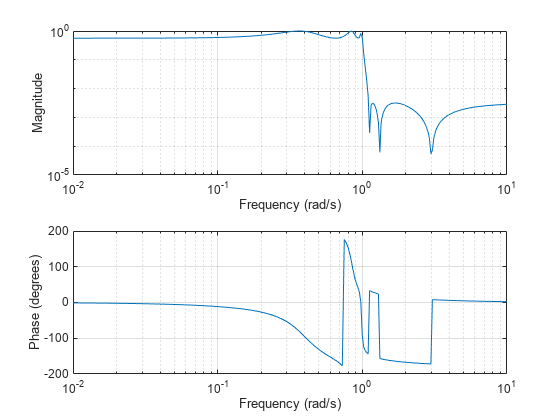ellipap
타원 아날로그 저역통과 필터 프로토타입
설명
예제
입력 인수
출력 인수
알고리즘
ellipap 함수는 [1]에 설명된 알고리즘을 사용합니다. 이 알고리즘은 ellipke를 사용하여 제1종 완전 타원 적분을 계산하고 ellipj를 사용하여 야코비 타원 함수를 계산합니다. 이 함수는 정규화된 결과를 얻기 위해 타원 필터의 통과대역 경계 각주파수 ω0을 1로 설정합니다. 통과대역 경계 각주파수는 통과대역이 끝나고 필터의 크기 응답이 10-Rp/20이 되는 주파수입니다.
분해된 영점-극점 형식의 전달 함수는 다음과 같습니다.
타원 필터는 버터워스 필터와 체비쇼프 필터보다 더욱 가파른 롤오프 특성을 제공하지만, 통과대역과 저지대역 모두에서 등리플입니다. 네 가지 고전적인 필터 유형 중 타원 필터는 주어진 일련의 필터 성능 사양을 대개 가장 낮은 필터 차수로 충족합니다.
참고 문헌
[1] Parks, T. W., and C. S. Burrus. Digital Filter Design. New York: John Wiley & Sons, 1987, chap. 7.
확장 기능
버전 내역
R2006a 이전에 개발됨
